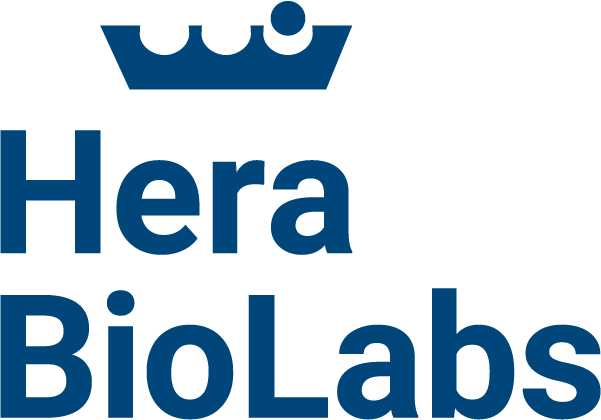Xenograft rodent models and cultured cells have long been used in pre-clinical studies of cancers and other human maladies, the reality is that there are significant limitations to both of these model systems. According to a recent review by Morton, et al published by the American Association for Cancer Research, immune system humanized mice have allowed for researchers to examine cancer xenograft growth in the context of a human-like immune system and resulting tumor microenvironment.
Recent studies using these humanized mouse xenograft models have “highlighted the increased similarities in attendant tumor structure, metastasis, and signaling to those features in cancer patients.” This not only allows for researchers and clinicians to study how cancers spread and tumors grow, but it also gives great hope to the field of cancer therapies, including, but not limited to, immunotherapies. However, humanized mouse models definitely still have some significant limitations:
- Incomplete cytokine environment that prevents complete human immune cell differentiation
- Incomplete T-cell maturation and thymic restriction
- Incomplete B-cell differentiation and activation
- HSPC and tumor compatibilities
With that said, efforts are continuously being made to improve humanized mouse models by “engineering mouse strains expressing human cytokines or HLA proteins and implanting human bone, liver, and thymus tissues to facilitate immune cell maturation and trafficking.” As researchers continue to refine humanized models and improve these currently deficient immune features, it is almost certain that humanized rodent models will continue to play an increasingly important role in cancer research.
And while humanized immune system models have traditionally been limited to mice, efforts to create a fully immunodeficient rat with an engrafted human immune system are ongoing and potentially boast some significant advantages. Benefits associated with the humanized rat xenograft model include a larger body size that yields superior blood and tissue harvest for analysis as well as more human-like drug metabolism and we are confident that these rat models will only help further preclinical cancer research.
